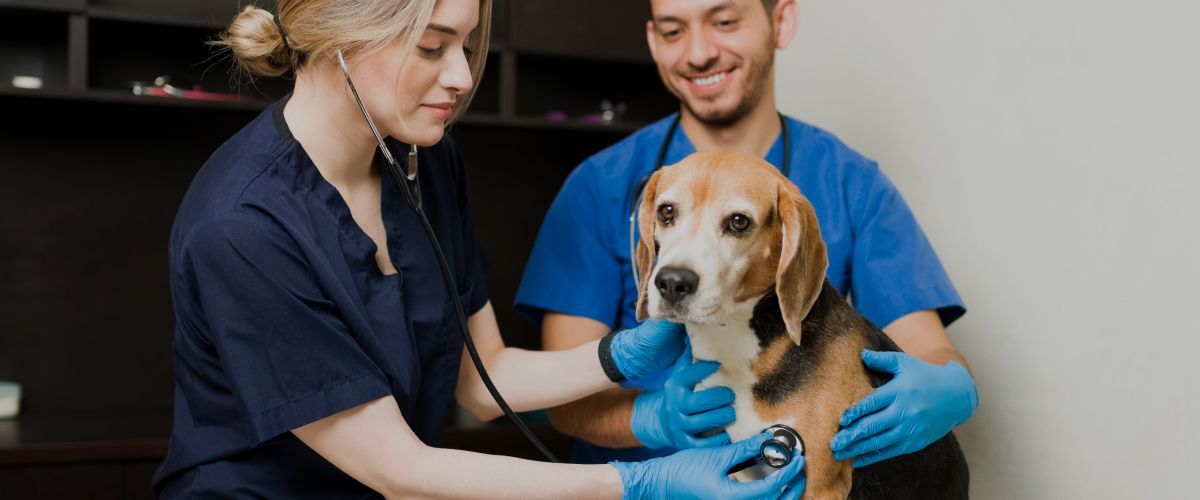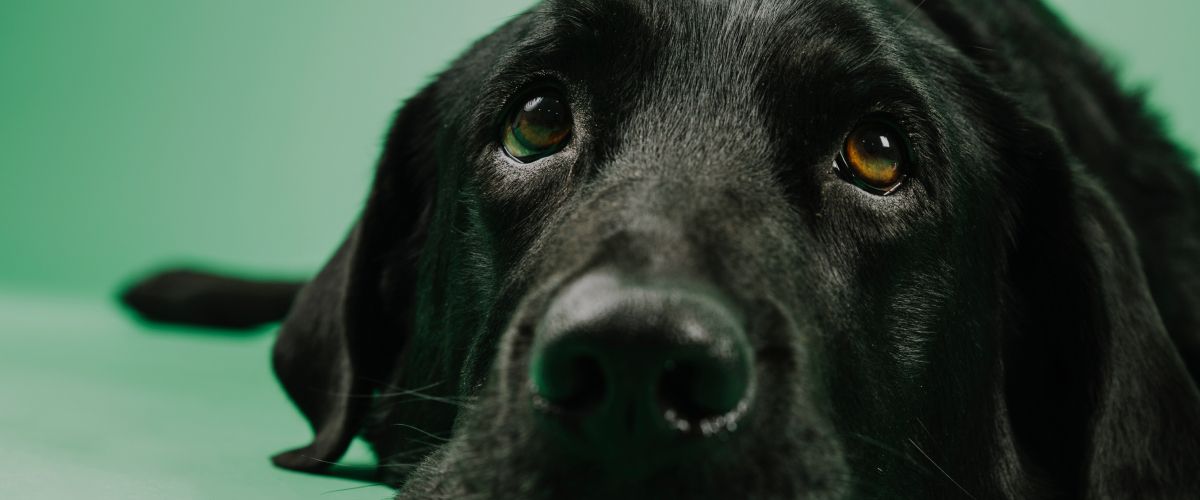Vision Problems in Senior Pets
As pets age, their bodies undergo numerous changes, and their eyesight is no exception. Vision problems in senior pets are common and can significantly impact their quality of life. Understanding the causes, symptoms, and available treatments can help pet owners ensure their furry companions remain comfortable and well-cared for in their golden years.
Common Causes of Vision Problems in Senior Pets
- Cataracts: A common issue in older pets, cataracts cause cloudiness in the lens of the eye, leading to impaired vision. While more prevalent in dogs, cats can also develop cataracts as they age.
- Glaucoma: This condition occurs when pressure builds up inside the eye, damaging the optic nerve. It can lead to pain and eventual blindness if left untreated.
- Progressive Retinal Atrophy (PRA): PRA is a degenerative condition that affects the retina, gradually causing vision loss. It is more common in certain dog breeds but can occur in any pet.
- Dry Eye Syndrome: Aging pets may produce fewer tears, leading to dry eyes. This can cause discomfort, inflammation, and, if untreated, damage to the cornea.
- Eye Infections and Injuries: Senior pets are more susceptible to infections or injuries that may compromise their vision. Prompt veterinary care is essential in such cases.
Recognizing the Signs of Vision Problems
Pet owners should watch for these common signs of vision issues:
- Bumping into furniture or walls
- Reluctance to move in unfamiliar environments
- Cloudy or discolored eyes
- Redness or swelling around the eyes
- Squinting, excessive tearing, or discharge
- Behavioral changes, such as increased anxiety or clinginess
Early detection is crucial for managing eye conditions effectively. Regular veterinary check-ups can help identify issues before they progress.
How to Support Senior Pets with Vision Problems
- Consult a Veterinarian: Schedule an eye exam if you notice any changes in your pet’s vision. Early diagnosis and treatment can prevent further deterioration.
- Modify Their Environment: Keep furniture arrangements consistent, and avoid moving items around. Use rugs or mats to help pets navigate using their sense of touch.
- Use Visual Aids: Nightlights and contrasting colors can help pets with partial vision loss move around more easily.
- Encourage Mental Stimulation: Engage your pet with interactive toys and games that rely on smell and sound rather than sight.
- Administer Medications as Prescribed: Follow your vet’s recommendations for treating conditions like glaucoma or dry eye syndrome.
Prevention and Regular Eye Care
While some vision problems are unavoidable due to aging, maintaining good eye health can delay their onset. Regularly clean around your pet’s eyes to prevent infections, and provide a balanced diet rich in antioxidants and essential nutrients. Routine veterinary visits are also vital to monitor and manage your pet’s overall health.
By staying vigilant and proactive, pet owners can help their senior pets adapt to vision changes and continue to live fulfilling lives. Remember, a little extra care goes a long way in ensuring their happiness and comfort.
The post Vision Problems in Senior Pets appeared first on Angelpaw.







